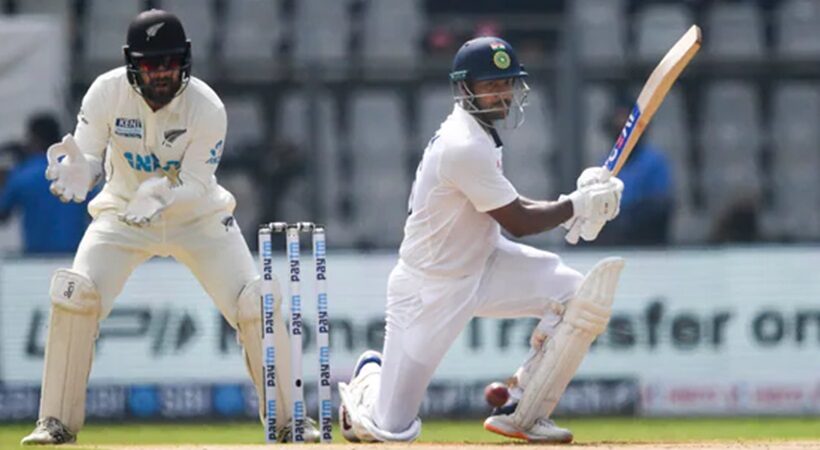In this era of T-20 &T-10, the biggest question that crops up now and then is, will Test cricket stand the test of the times? The long format has been struggling to stay relevant in the world of cricket for the last few years due to the onslaught of the shortest formats. However, the game of cricket will lose its sheen if the Test format turns pariah. After all, this is the format that tests the temperament and technique of a batsman in totality or allows bowlers the freedom to unleash every weapon in their armoury to torment the opposition. In other formats, even lesser mortals survive with ease but the long format is strictly a domain of the immortals.
“There are fans of Twenty20 cricket, and we need to ensure that we give them the cricket they want to see. We (also) need to keep Test cricket alive, because there is a section of fans who love and worship Test cricket and have basically helped this game grow, and they are as important as anybody else.” Rahul Dravid, current Team India Coach, states while emphasising the significance of Test in the world of cricket.
Test cricket suffered largely due to the defensive approach of batsmen in the beginning. As per the Cricinfo website, between 1969-85 around 43 percent of matches ended in draws. Things also did not improve drastically in the years from 1986-99 as the percentage came down to 38.9 matches. This blatant wastage of an exciting format prompted the ICC to intervene with a new set of rules like the specific number of overs to be bowled in a day, compensating for bad light or rain, permitting light towers etc.
Things started looking better from 2000 onwards as apart from the new norms prescribed by the game’s governing body, the hustle and bustle of ODIs and T-20s somehow crept into the long format. Resultantly, from 2000 to 2009 just 24.6 percent of matches ended in draws and from 2009-20 the drawn affairs tumbled to 19.2 percent. This suggests dramatic revival but there exists a problem over here as well. The number of drawn games in Tests came down drastically but the format became predictable, uneven and the duration got reduced to four and three from five days.
According to Liam JA Lenten, a lecturer at the La Trobe University in Australia, while analysing sports economics indicated that “Tests ending in four days have risen alarmingly from 19 percent to 40.8 percent in the 1981–2007 period, while the analogous figure for Tests finishing within three days is even much more dramatic, increasing from 2.5 percent to 15.3 percent”.
This is bad for cricket in general and stems from the insecurities of a home country while hosting a visiting team as the former has zero or no trust in the abilities of its squad members. So, to keep the home record unblemished, the hosts prepare wickets heavily favouring their bowlers, leading to dramatic collapses with matches ending in 3 or 3 and a half days or some cases even in lesser days. For example, In India or Sri Lanka or the subcontinent, in general, where visitors are usually welcomed on rank turners and some ordinary bowlers end up looking, world-class performers. And, the same set of bowlers get a taste of brutal reality when they find a different pitch elsewhere. So, how will Tests regain its true glory in such a sorry state of affairs?
In cricket, the contest between bat and ball has to be even, more so in Tests. Preparing bowling or a batting paradise is not only bad for the game but also for the players as it discourages them from digging deep into their skills. In the scenario, India’s premier off-spinner, Ravichandran Ashwin’s words could not have been more appropriate, “It is not the pitches, but the skills should get you the wickets.” Hence, to preserve the relevance of the Test format, teams should stop resorting to shortcuts and start trusting the skill matrix of the members.



















